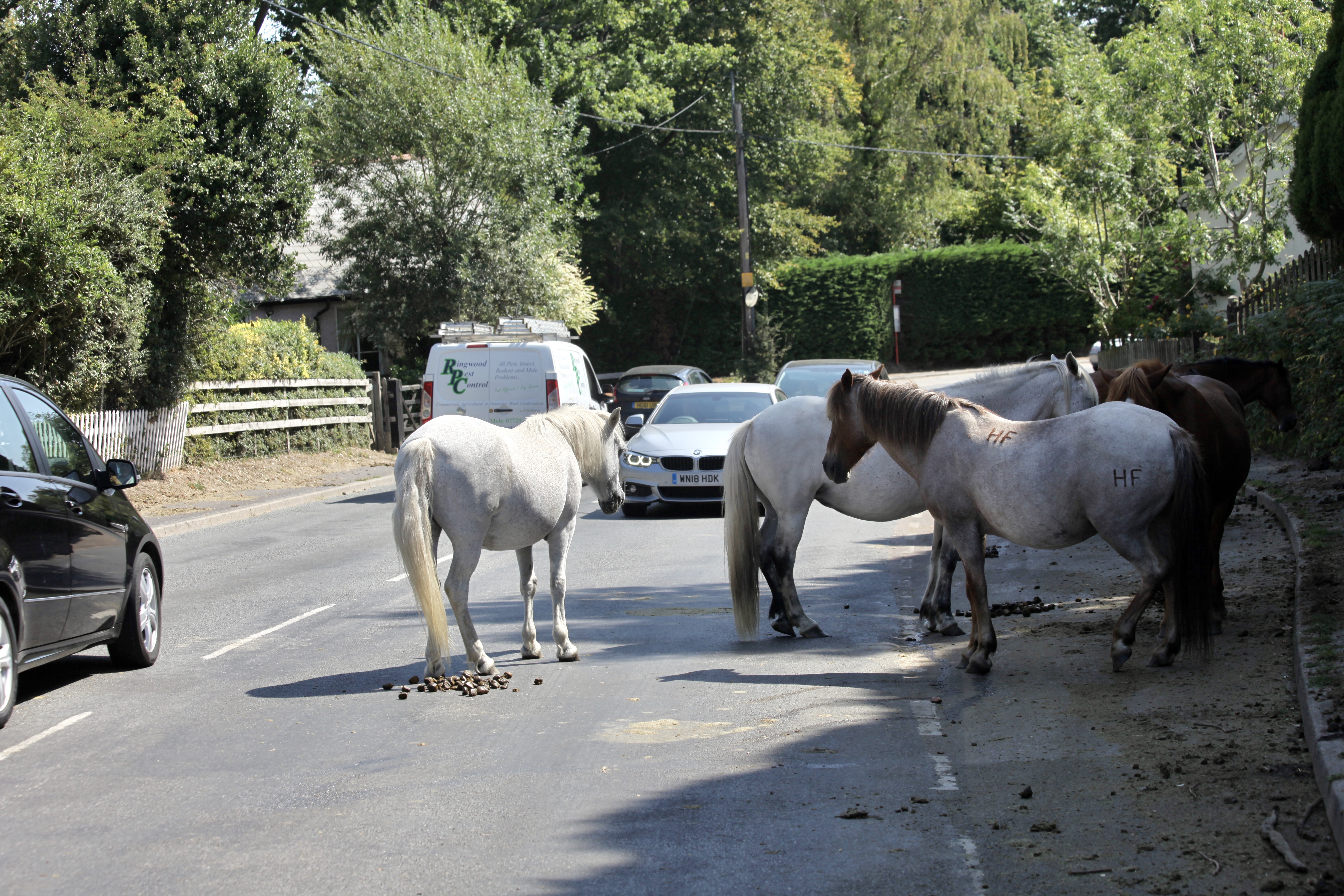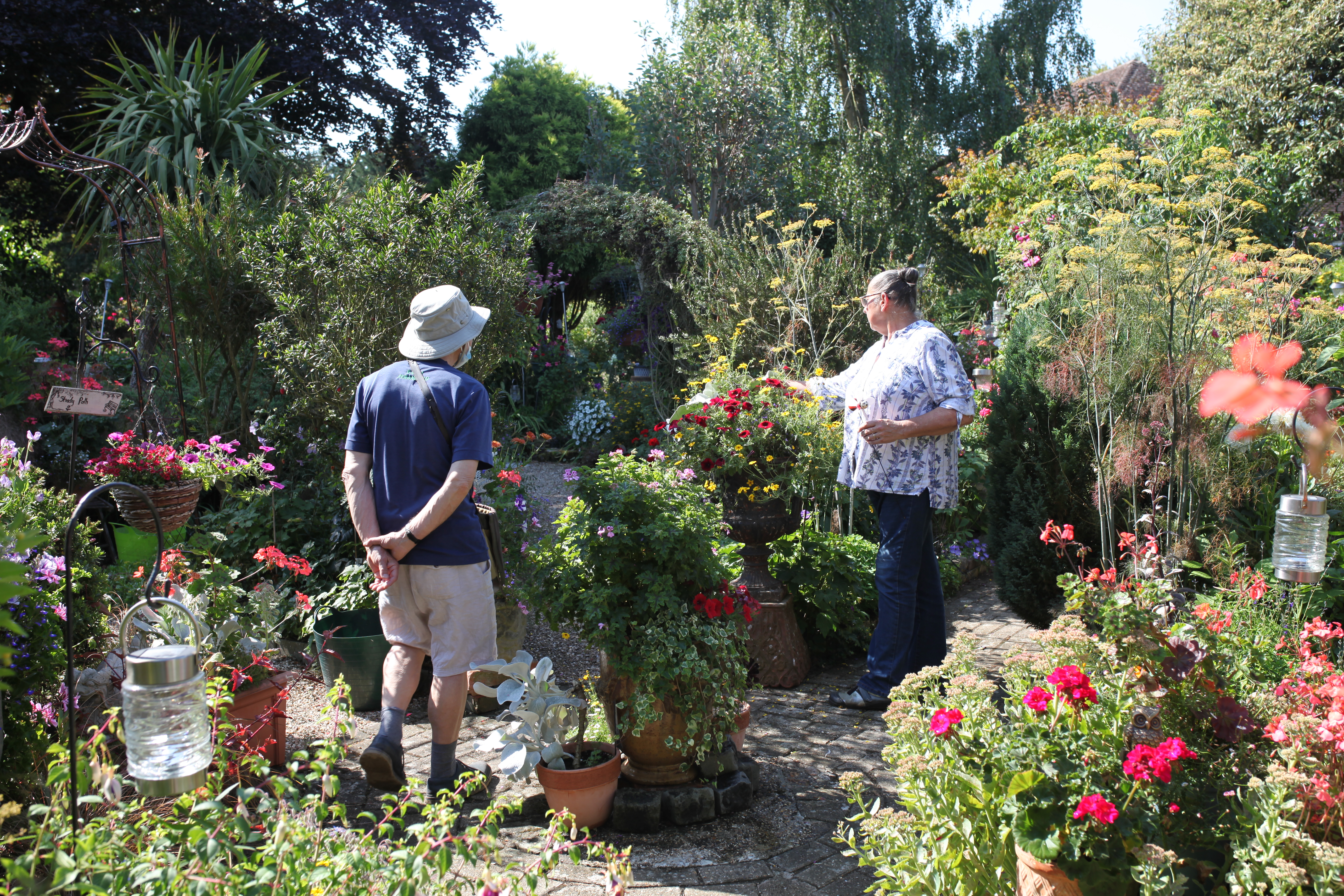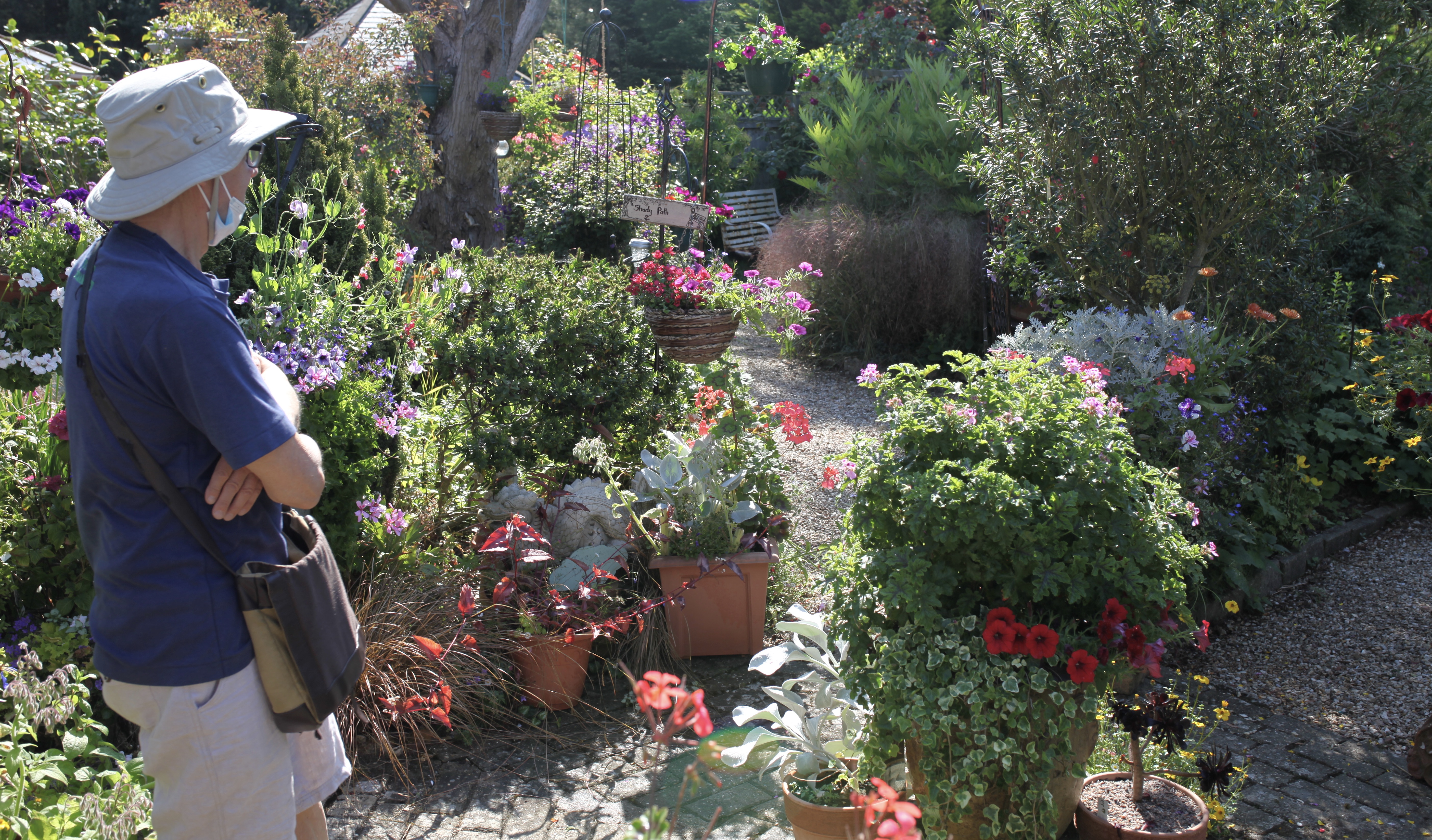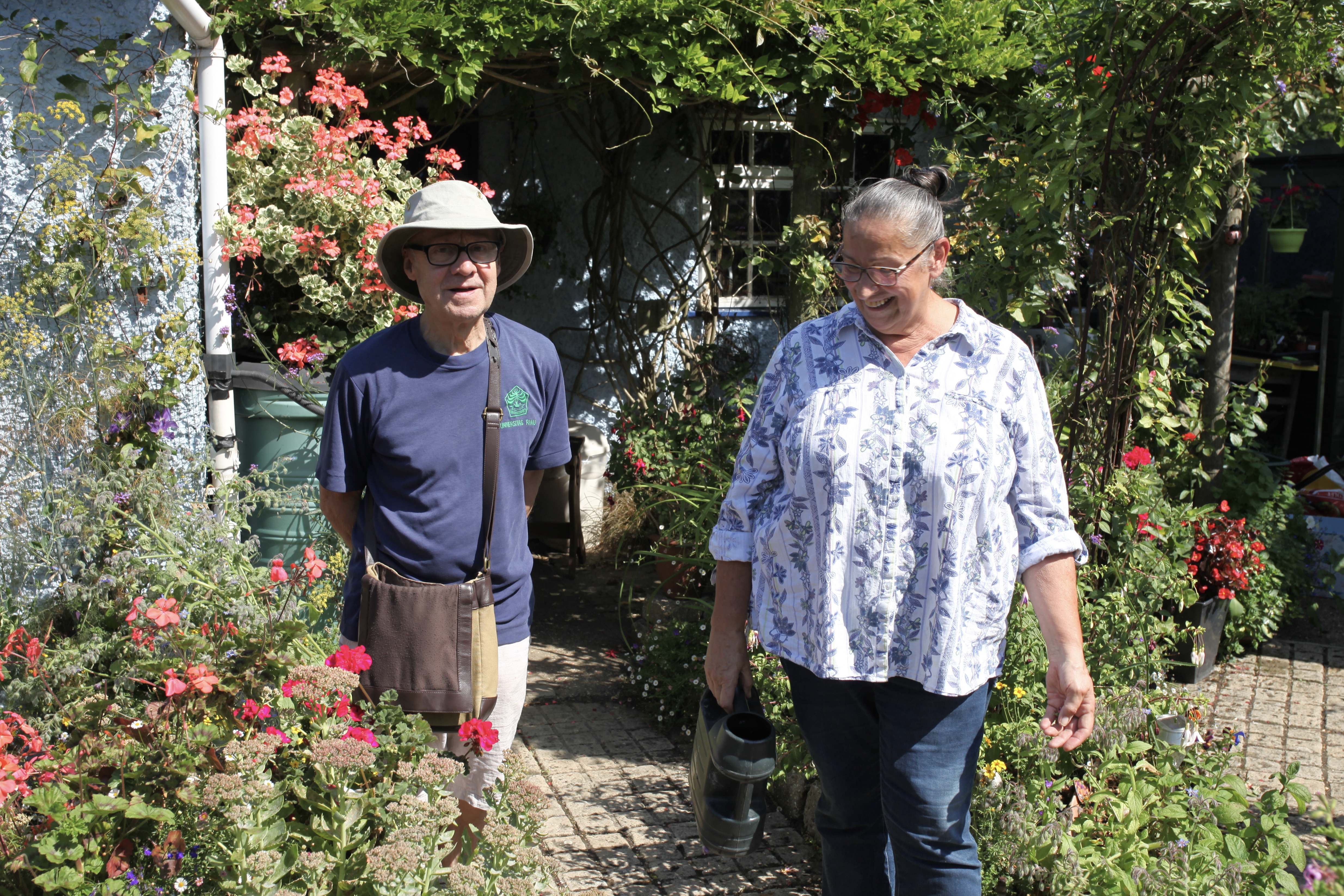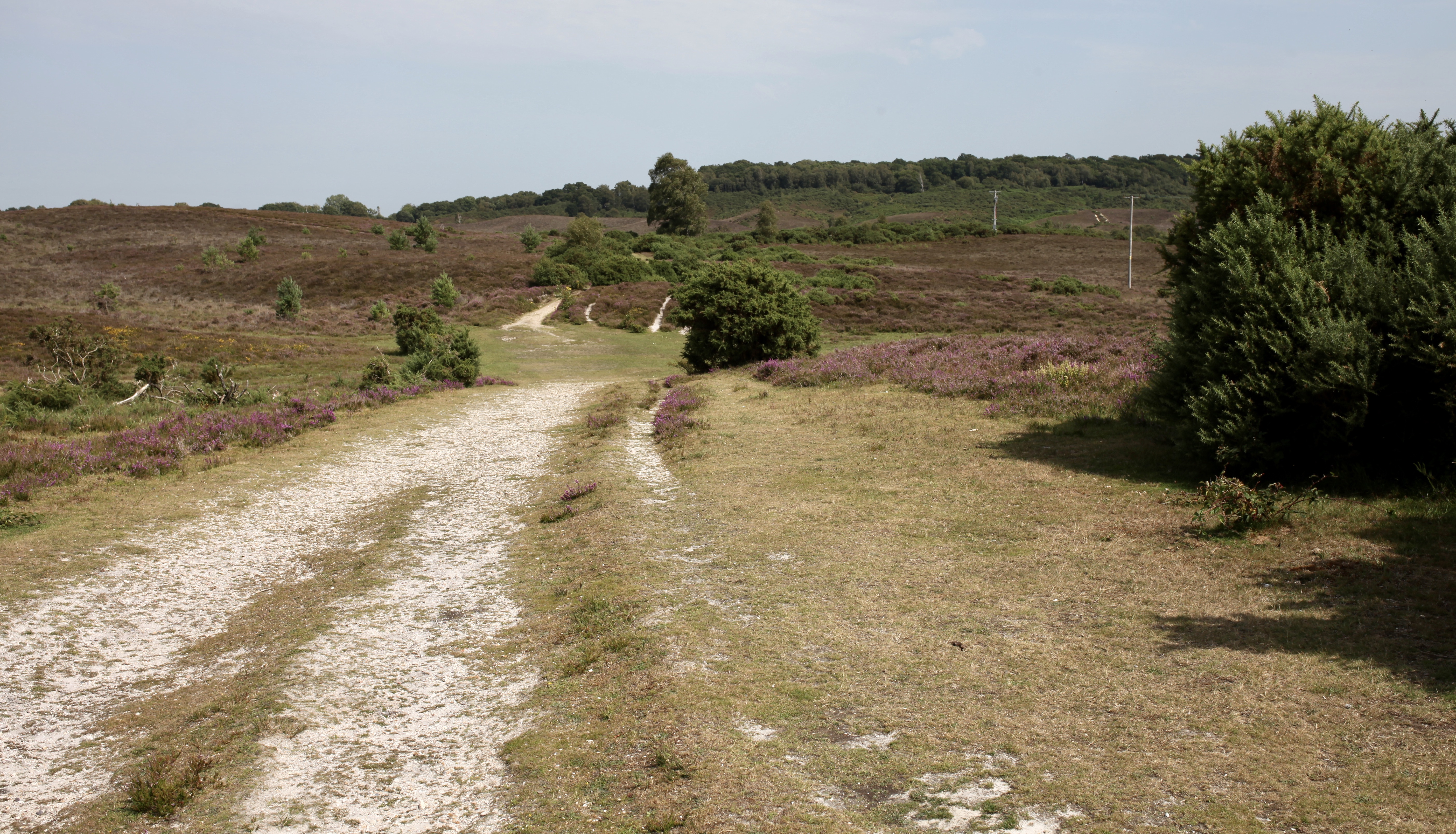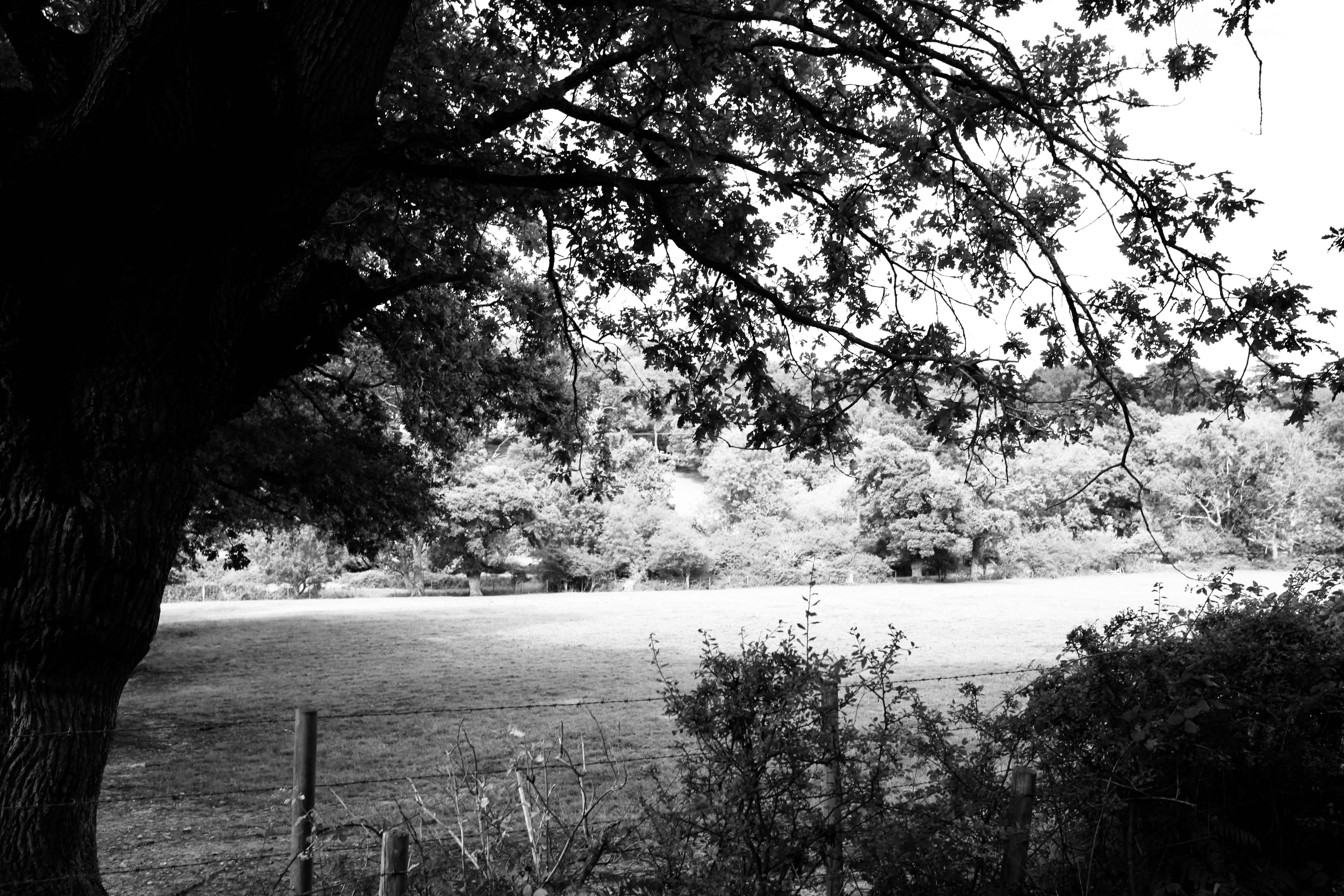The weather has calmed down, with a merely gentle breeze.
After a morning shopping trip to Tesco we proceeded into the forest.
While seeking to locate its tail, the smaller of two calves alongside Forest Road
showed us a newborn clean pair of heels.

Along Braggers Lane bracken and foxgloves share the verges
with a single poppy from which an investigative bee was departing.
Before the Ringwood Road drops down into Burley several ponies grazed the high bank.
Every time we take this road to the village we regret that it is impossible to pause for photographs. Jackie couldn’t stop the car on the winding bends while the ancient flanking banks would be unsafe to attempt to scale even if she could.
For the first time today there were no vehicles behind us and Jackie could drive slowly enough for me to capture sunlight striating the ancient verges. I have to click at the moment the sun is not shining on the windscreen, otherwise I peer through the milky film on the fourth image, which in the context of this story is quite acceptable.
“People have lived in the Burley area since prehistoric times. At least 23 Bronze Agebarrows are known in the Burley area.[11] The site of an Iron Age hillfort can be seen just to the west of the village at Castle Hill.[12]
There is evidence of Saxon occupation as the name Burley is composed of two Saxon words ‘burgh’, which means fortified palace, and ‘leah’, which means an open meadow or clearing in a wood.[13]
Burley is not specifically mentioned in the Domesday book of 1086, but the entry for nearby Ringwood may well refer to Burley when it mentions lands in the forest with “14 villagers and 6 smallholders with 7 ploughs; a mill at 30d; and woodland at 189 pigs from pasturage.”[14]
Burley was part of the royal lands of the New Forest.[15] By the beginning of the 13th century the family of de Burley was firmly established here.[13] Richard de Burley held the estate from Edward I who gave the village of Burley and Manor of Lyndhurst as dowry to his second wife Margaret, sister of Philip IV of France.[13] The manor is said to have belonged to the Crown down to the time of James I.[15]“
This is an extract from https://en.wikipedia.org/wiki/Burley,_Hampshire which contains much more information.
Another group of ponies lounged on the moorland as we made our way home via Holmsley Passage.
This evening we dined on Jackie’s wholesome liver and bacon casserole; boiled Jersey Royal potatoes; crunchy carrots; and tender runner beans.







































